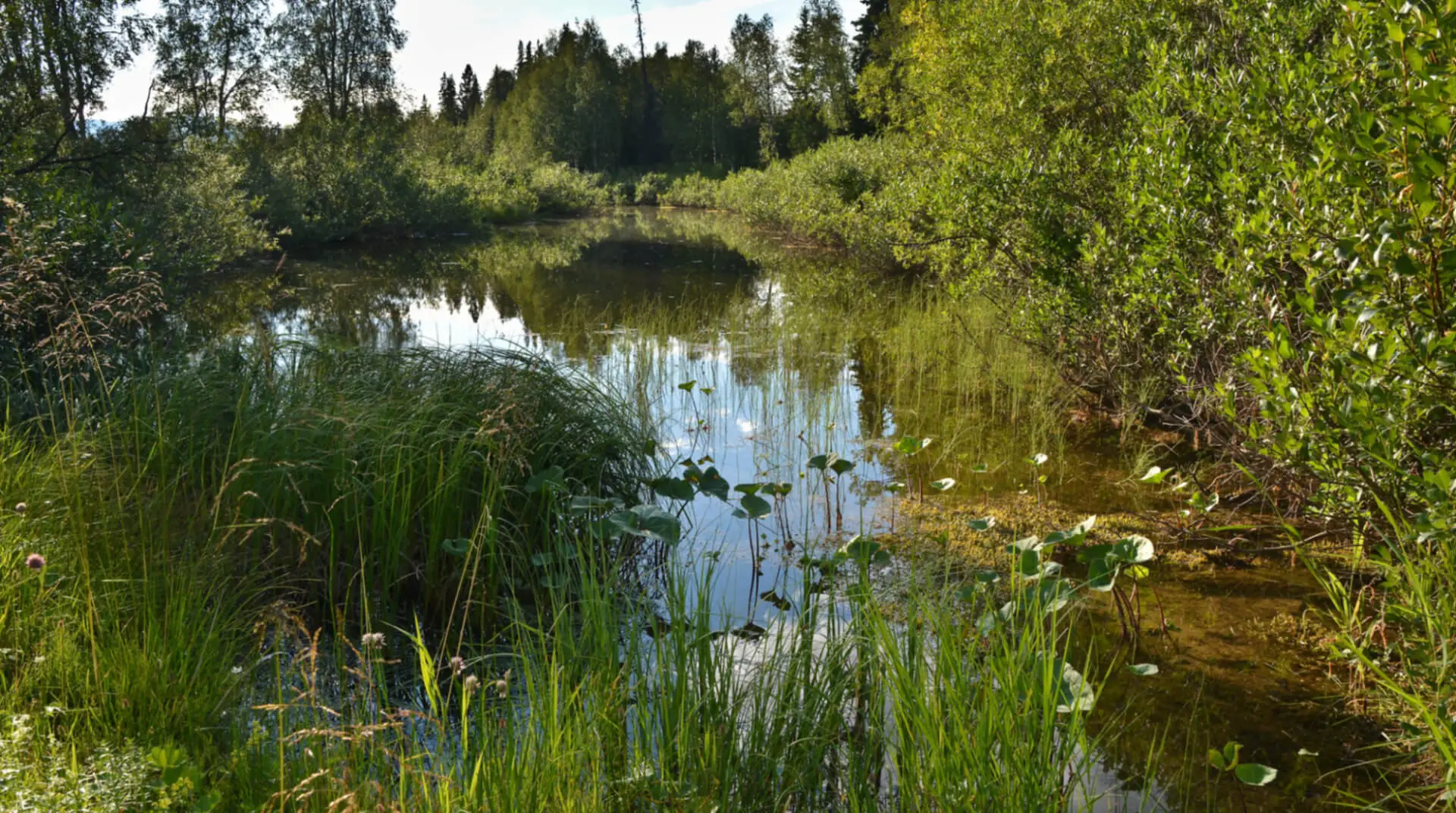Understanding how to measure biodiversity accurately is fundamental to achieving compliance with the Biodiversity Net Gain (BNG) requirements set out under the Environment Act. At the centre of this process is the statutory biodiversity metric—a tool that helps assess the biodiversity value of a development site, evaluate potential biodiversity loss, and calculate the biodiversity gain required to meet the legal threshold.
In this guide to “Understanding Statutory Biodiversity Metrics: Tools and Resources Explained,” we demystify the tools, terminology, and processes involved in BNG measurement—and highlight where developers, landowners, and planners can find the support they need.

What Is the Statutory Biodiversity Metric?
The statutory biodiversity metric is the government-approved method for calculating changes in biodiversity caused by a development. It is a requirement for all planning applications subject to BNG and is managed by DEFRA.
The metric assesses both pre- and post-development habitat conditions based on:
- Habitat type (e.g., grassland, woodland, wetland)
- Habitat distinctiveness
- Habitat condition
- Size (in hectares or kilometres for linear habitats)
- Strategic significance (e.g., local biodiversity importance)
Each component feeds into a metric calculation tool, producing results in biodiversity units—the standard currency for net gain.
Why Biodiversity Metrics Matter
The biodiversity net gain metric is more than just a calculation—it’s the bridge between policy and practical outcomes. Using the statutory metric ensures that:
- Habitat losses are properly accounted for by equivalent or better gains
- Biodiversity enhancements are measurable and trackable over time
- Local planning authorities (LPAs) can fairly assess the value of development sites
- BNG targets are consistent across all development projects
The Key Tools Available
A developer may own additional land (off-site) which can be used to deliver the biodiversity units upon. This land will need to be managed and monitored for 30 years. The landowner/developer will be responsible for the delivery of these units.
1. Statutory Biodiversity Metric Tool
This is the core tool for all major developments. It calculates biodiversity units for:
- Area habitats (e.g., meadows, arable fields, woodland, scrub, etc.)
- Linear habitats (e.g., hedgerows, treelines)
- River units (rivers and streams)
2. Small Sites Metric
Tailored for small sites, i.e., not applications which qualify as major development or are discounted from the use of this metric (e.g. priority habitats, protected species or protected sites on the site).
A small site/non-major development is defined as residential development where the number of dwellings is between 1 and 9 on a site of an area 1 hectare or less, or if the number of dwellings is unknown, the site area is less than 0.5 hectares.
Or
Commercial development where floor space created is less than 1,000 squares metres or total site area is less than 1 hectare.
3. Habitat Assessment
On all sites where the Statutory Biodiversity Metric needs to be used, habitats will need to be assessed using UKHab Classification. Surveyors use this classification system to identify and classify the habitats on site. This translates to the ‘habitat type’ in the metric.
The relevant condition assessment sheet will need to be used to determine how good/poor this example of a habitat type is. For example, it is degraded,species-poor, or riddled with invasive or undesirable species.
These resources support the accurate evaluation of a habitat’s distinctiveness and condition, which are essential for determining the overall biodiversity value. Rivers, if impacted, will require their own bespoke River Condition Assessment, which will need to be undertaken by an RCA-accredited surveyor.
How the Biodiversity Metric Calculation Tool Works
The biodiversity metric calculation tool uses a habitat-based approach to evaluate biodiversity net gain (BNG). It then generates the number of biodiversity units lost and gained, accounting for time delays in habitat maturation and the difficulty of certain enhancements. To pass BNG requirements, the biodiversity gain must exceed the net loss by at least 10%.
Data Collection and Assessment
Accurate data collection is critical to the effective use of the biodiversity metric tool. This typically involves:
- An assessment of the habitats on site and the condition (e.g. UKHabs survey and condition assessment)
- Soil sampling may be relevant to guide habitat proposals
- GIS mapping to account for the areas of habitats retained, lost and enhanced
- This information will then be assimilated into the Statutory Biodiversity Metric
A qualified ecologist should complete or validate the inputs to ensure the statutory biodiversity metric calculation is robust and acceptable to the relevant planning authority. If a Small Sites Metric can be used, it can be undertaken by a ‘competent person’.
Legal Requirements and the Planning Process
The BNG requirement is now a legal requirement under the Environment Act and affects all eligible planning applications in England.
- Developers must submit a biodiversity statement to say if the BNG requirement applies to their project.
- If so, upon receipt of permission and a requirement to discharge the BNG condition, a biodiversity gain plan will need to be submitted. This will need to be accompanied by all other relevant documents, e.g., the completed metric, habitat management, and monitoring plan.
- The biodiversity gain plan must demonstrate a measurable net gain using the appropriate metric.
- LPAs must verify the outcome and ensure it aligns with statutory guidelines.
On-Site, Off-Site, and Last Resort Options
If net gain cannot be delivered on site, developers can:
- Secure gains on other land under their control
- Work with an off-site provider to purchase units
- As a last resort, buy statutory credits from the UK Government
The biodiversity metric helps evaluate all options consistently and transparently.
Civity’s Role in Biodiversity Metric Support
At Civity, we help clients:
- Understand the metric trading rules and apply metric trading to ensure we provide you with the right types and numbers of units
- Review your biodiversity gain plan
- Work with LPAs and your consultant ecologist
One of our key roles is to supply off-site units for developers who cannot meet the net gain on site.
Key Considerations for Developers and Land Managers
- Use the correct metric version for your site size
- Engage with ecologists and local authorities early in the planning process
- Base your inputs on verified ecological surveys
- Remember that enhancing biodiversity involves long-term land management
- Keep accurate records to comply with post-development monitoring
Looking Ahead
The UK Government has committed to embedding BNG in the planning system, and the statutory metric is a critical part of that process. As pressure grows to respond and reverse biodiversity decline, using the metric correctly can:
- Accurately account for the habitats on site
- Help restore natural habitats
- Deliver better outcomes for local biodiversity
- Support resilient, nature-positive development across England
Final Thoughts
The statutory biodiversity metric is a powerful, evidence-based tool that translates ecological knowledge into practical planning outcomes. Understanding how to use it—and where to find guidance—puts developers and landowners in a stronger position to succeed in the evolving world of biodiversity net gain (BNG). The responsibility of undertaking this assessment is often the role of a consultant ecologist, but it’s great to get ahead of the game and understand how it works!
At Civity, we’re here to help you navigate the tools, avoid the pitfalls, and build the ecological and planning confidence needed to deliver measurable biodiversity enhancements.
Contact the Civity team for expert help with the biodiversity metric calculation tool, preparing a BNG plan, or sourcing biodiversity units.
Learn more or contact us directly for tailored guidance.


